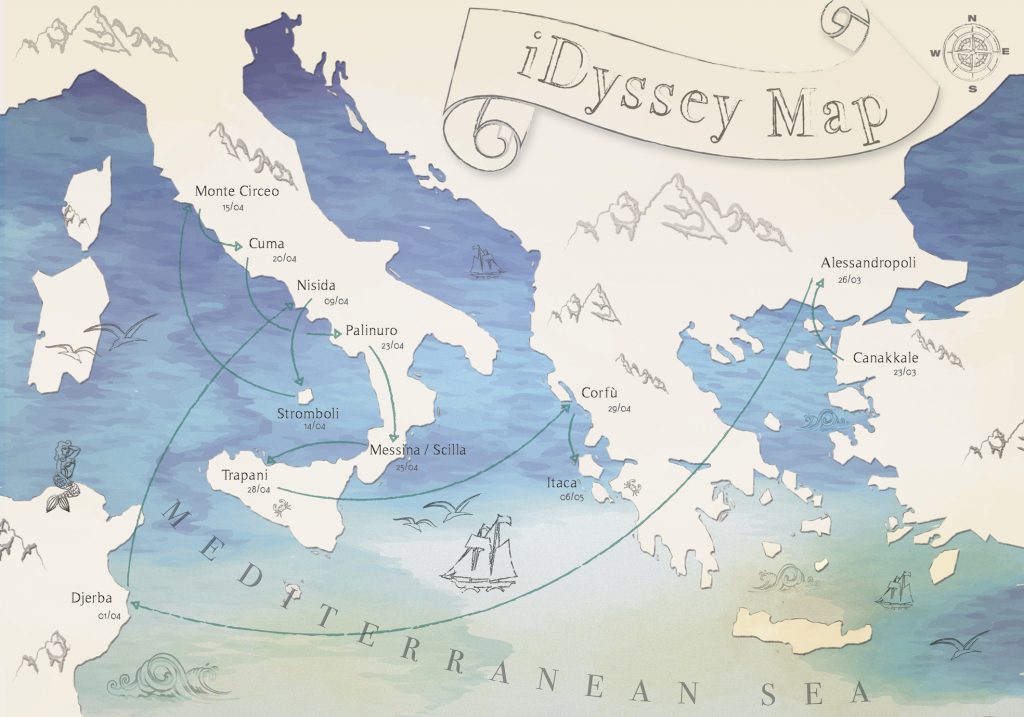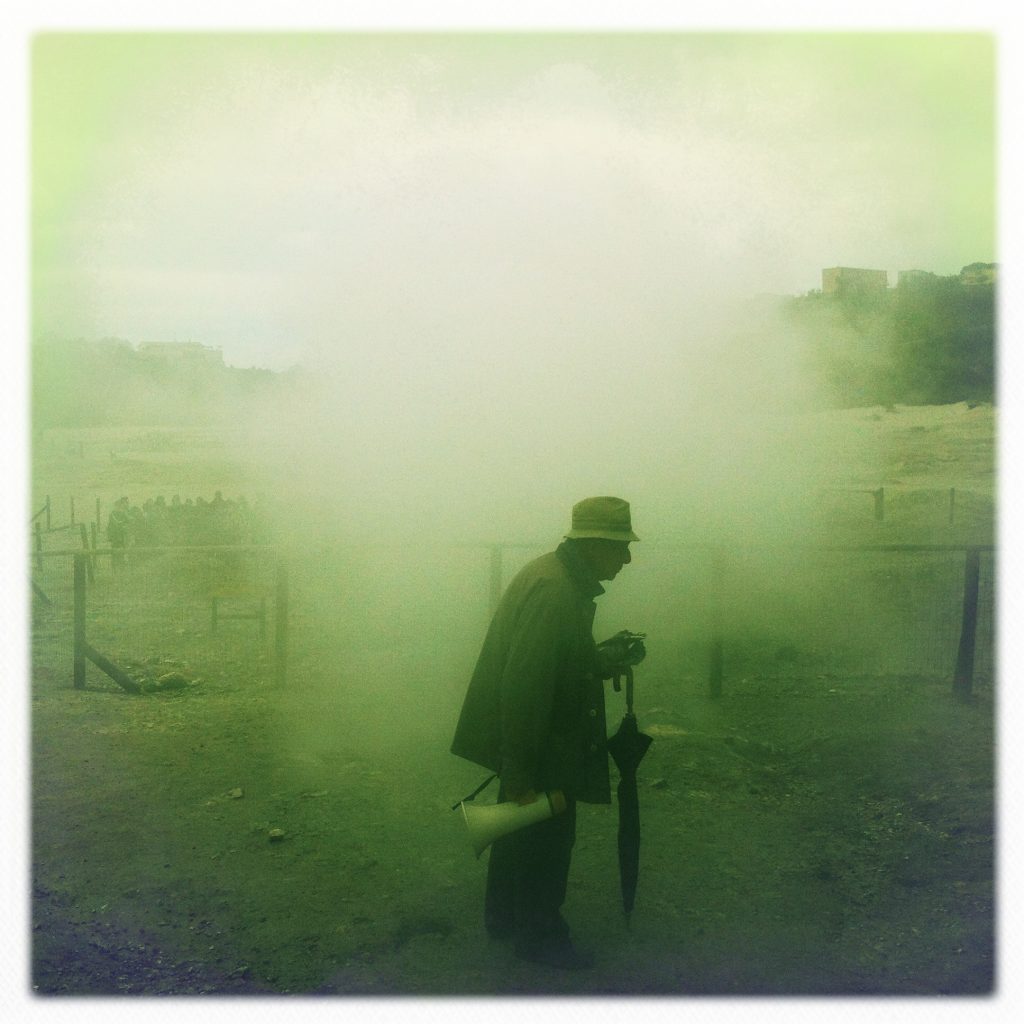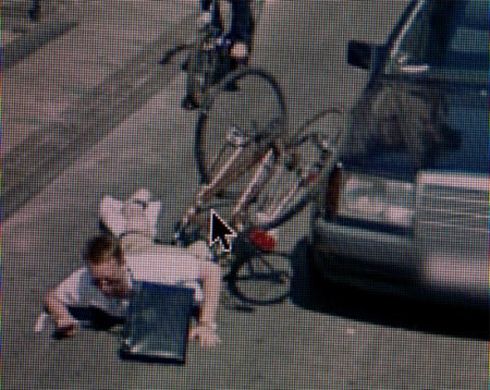by Beatrice Bruni
_
“Tell me, O Muse, of the man of many devices, who wandered full many ways after he had sacked the sacred citadel of Troy. Many were the men whose cities he saw and whose mind he learned, aye, and many the woes he suffered in his heart upon the sea, seeking to win his own life and the return of his comrades. Yet even so he saved not his comrades, though he desired it sore, for through their own blind folly they perished—fools, who devoured the kine of Helios Hyperion; but he took from them the day of their returning. Of these things, goddess, daughter of Zeus, beginning where thou wilt, tell thou even unto us.”
Homer, Odyssey, Book I
Twelve stops, from Troy to Ithaca, retracing the route of Ulysses: in 2012 Stefano De Luigi, Italian photographer member of the VII Photo Agency, traveled for months following the wanderings by sea and land of the Homeric hero.
There are various theories regarding Ulysses’ journey: De Luigi was inspired by the path narrated by the famous Hellenist and Homeric scholar Victor Bérard in his 1933 book Dans le sillage d’Ulysse, crossing Turkey, Tunisia, Italy and Greece.

For many years the photographer had wanted to carry out a project that could put together literature and photography. It is at the same time a reflection on the photographic language and a description of the Mediterranean countries today, what has remained of those civilizations and cultures, the places, the inhabitants, the ancient vestiges.
It is a continuous crossing of borders, troubled and well-known, in which the author saw the economic crisis in Greece; Turkey, a country divided between the traditionalist identity and the push towards the new challenges of the West; Tunisia, the country that, with the Arab Spring, brought about the greatest hopes of renewal; and the south of Italy, with its traditions, contradictions, mysticism, and today a haven difficult to reach. A journey on the routes of migrants, a look at the Mediterranean Sea, a place that witnesses, dramatically, the wanderings of people in search of a better life, away from war and poverty. A journey that is a metaphor of man’s destiny.

At the beginning of mobile photography, in the early 2000s with the release of the first mobile phone with an integrated camera, many professional photographers looked at these new tools with skepticism. The professionals did not recognize themselves at all in a user friendly tool “for everyone”; moreover, at least initially, the photographs were not satisfactory, not up to standard with the characteristics of the ones made by digital cameras, especially when printed.
However, a real second digital revolution was about to take place, mainly due to the concomitant and ever-increasing possibility of sharing images on the web. Today, in years when social media mark the time of our lives, the first efforts of mobile photography almost make us smile. By now the smartphone is an extension of our body, a sort of prosthesis, and taking photographs is a common way of recording information, with the most diverse purposes: for most people it is a way to tell the world “I’m here, now”, for the professional photographer it is a shooting and sharing tool, a fundamental ally in the daily exercise of the profession.
Stefano De Luigi has never been skeptical about these new media and immediately understood their great potential; attentive observer of the changes in society, he has always reflected on the new forms of vision. In iDyssey, a work that resulted in a book with the same title, published in 2017 by Edition Bessard, the author wants to combine, transcending temporal boundaries, the past and the future of Western culture. The ancient journey of Ulysses is retraced by recounting the relevance of the places that the hero visited, through the use of the most contemporary of tools.

The result is a visual short circuit in which ancient signs, places of a millenary history, archaeological ruins, and people who lead a life far from modernity and close to tradition, are depicted in the images of a smartphone, contemporary images, characterized by a well precise, recognizable, feasible aesthetics.
For this specific operation, the author decided to use a shooting app, Hipstamatic, released that same year, and was not afraid to use different filters and also experiment with unusual shades: he decided to use the square format, very popular in the second decade of the 2000s, when Instagram, a social network born in 2010, began to dictate the rules in terms of images. Originally the platform only supported the square format, and many photo projects were produced like that as a result.

For De Luigi, the use of the iPhone is also a sort of return to the past: the “analog” flavor of the apps that refer to a vintage aesthetic, and the dimensions of the tool, which reminded the reporter when he worked with a Leica which, in so many situations, made him feel invisible.




